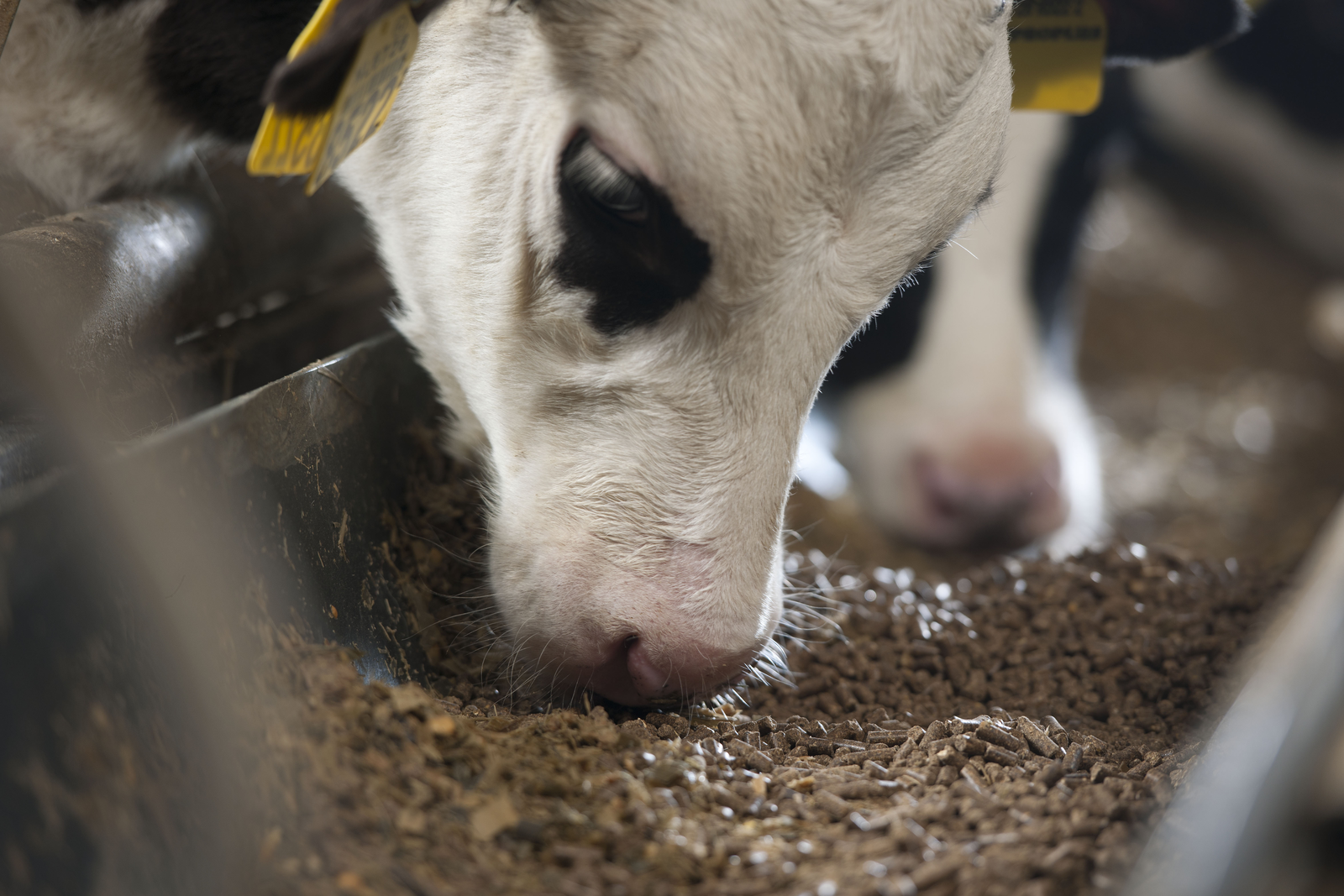Global demand for protein in feed increases

As global demand for meat, fish and dairy grows, so too does demand for animal feed. The demand for vegetable protein meals for use in animal feed has increased, and this trend is likely to continue over the coming decade, says Dutch Rabobank.
The increasing share of protein in feed, combined with increasing meat consumption and absolute population growth, raise important questions on how the supply of vegetable meals can keep pace with rising demand for animal feed.
Trend of relative scarcity in protein meals to continue
Rabobank believes the drivers for this uptick in protein usage, and the range of potential outcomes for the global food & agribusiness (F&A) are of strategic importance. Depending on the strength of the supply chain response, Rabobank expects the longer-term trend of relative scarcity in protein meals to continue-and, with it, periodic bouts of significant price volatility-will remain the norm for the coming decade.
Enhancing feed conversion efficiency
“Companies can position themselves effectively, depending on their position in the chain, by securing access to protein feed in the long term, developing alternative protein supplies and continually enhancing feed conversion efficiency,” says Clara van der Elst, senior analyst Rabobank Food & Agribusiness. As a result, they will experience less volatility or high prices.
Actual ‘gap’ between protein meal demand and supply will never materialise
Depending on the quality of the harvests of the coming years – droughts could cause a steep decline – the current trends suggest the vegetable meal supply/demand balance may experience pressure over the coming decade. In turn, this will trigger a range of responses along the meat production supply chain. An actual ‘gap’ between protein meal demand and supply will never materialise, of course, as the market will respond to higher prices that result from demand starting to increase faster than supply.
Strategies for F&A companies
Rabobank has plotted the strategies F&A companies could deploy to deal with the opportunities and risks presented by these issues. These vary along their position in the supply chain, but consist of roughly two kinds. The first is R&D or technology, in areas such as crop yield improvements, feed formulation, feed conversion and alternative feed protein development. The second is for business strategies to involve closer alliances and potentially integration between companies operating in adjacent steps of the supply chain.











